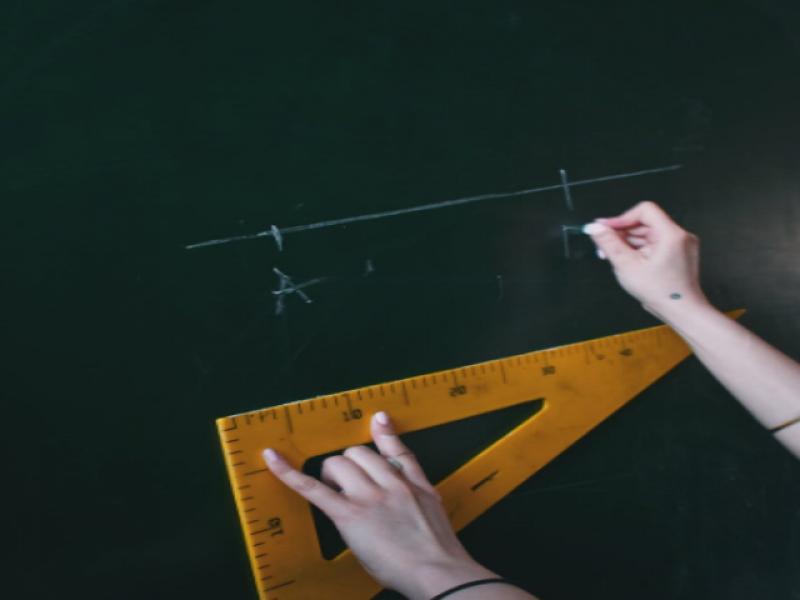As 2.6 million students return to schools across Israel today (Monday), the education system is facing what experts and educators describe as the most severe crisis in its history — with dramatic deterioration in budget allocation, academic standards, leadership, and core democratic values.
While the school year officially opens, growing disparities between sectors, government interference in curricula, and a lack of qualified teaching staff cast a long shadow over the future of Israeli education.
System in Decline:
The Ministry of Education and the current government have been accused of discriminating between different sectors of the education system — often prioritizing religious and ultra-Orthodox streams over state-Hebrew education, which now serves a shrinking share of Israeli students.
Just yesterday, on the eve of the school year, the government approved an additional 40 million shekels for "Torah Education Spring," a private Haredi network affiliated with the Shas party — raising concerns about funding priorities at a time when public education is under extreme strain.
Shocking Numbers
Hidden dropout affects between 80,000–100,000 students, who are absent from schools and receive no proper educational support.
-
Only two-thirds of students are expected to complete high school with a matriculation (bagrut) certificate.
-
40% of those who do will receive a certificate that does not qualify them for university admission.
-
In the 2023 TIMSS international exams, nearly half of all Israeli students (excluding Haredim, who were not tested) failed in science and math.
Haredi Education Grows, Core Studies Decline
A quarter of all first-grade students in Israel are now enrolled in ultra-Orthodox (Haredi) schools. In most cases, boys in these schools do not study core subjects like math, science, or English. As a result, 85% of Haredi students are not expected to earn a matriculation certificate.
The rapid expansion of this sector also contributes to growing budget disparities. Haredi and state-religious education are often granted higher per-student funding, despite being less academically rigorous and operating under reduced oversight.
Teacher Shortages and Classroom Inequality
The teacher shortage is most acute in state-Hebrew education, where overcrowded classrooms are the norm. While the national average is one teacher per 11 students, actual classroom sizes vary dramatically:
To mask the shortage, schools have placed tens of thousands of unqualified teachers in classrooms. Data from the Central Bureau of Statistics (CBS) shows that in 2020, most newly trained teachers were qualified to teach Bible and Judaism, not core subjects:
Curriculum Changes: Democracy Studies Dismantled
In a controversial move, the Ministry of Education has removed key topics on liberal democracy from the upcoming matriculation exam in citizenship. These include:
-
The concept of liberal democracy
-
The Constitution and its role
-
The Declaration of Independence
-
Legislative procedures
-
Liberal culture
-
Civil and economic rights
-
Workers' rights
However, the Nation-State Law, as well as concepts like a Halachic state, remain in the curriculum.
Local leaders and education advocates warn that these changes reflect a deliberate political agenda. The Forum of Liberal Mayors, representing 40 local authorities, strongly opposed the curriculum changes and announced that they will continue to teach these concepts in their municipalities — even in kindergartens.
“We will not allow the Ministry of Education to erase the pillars of Israeli democracy,” said Herzliya Mayor Yariv Fisher. “Herzliya will ensure that students learn and are tested on liberal values, regardless of the official curriculum.”
Givatayim Mayor Ran Konik declared a local initiative to teach democracy from kindergarten onward:
“With or without matriculation, we will expand democracy studies in our educational institutions.”
Budget Disparities: State-Hebrew Education
While the education budget is set to rise to 91 billion shekels this year (up from 86.5 billion in 2024), secular and Arab state schools continue to receive less per-student funding:
-
State-religious: 48.8K shekels/student
-
State-Hebrew: 35.8K shekels/student
-
State-Arab: 30.8K shekels/student
Future at Risk
Only 10% of Israeli high school students graduate with the “high-tech profile” required for jobs in R&D, medicine, and advanced technology — 5 units in math, English, and computer science or physics.
A modest increase in 5-unit math graduates — achieved under former Education Minister Naftali Bennett — has reversed since the current government took office.
System Shifting: State-Hebrew Sector Shrinking
In 2014, state-Hebrew education served 40% of the country’s students. Today, that number is declining:
-
Ultra-Orthodox: 22%
-
State-religious: 22%
-
State-Arab: 15%
-
State-Hebrew: shrinking
This sector also faces the strictest government oversight, with more Ministry of Education inspectors per school than any other stream.
Political Reactions and Public Outcry
MK Naama Lazimi (Democrats) responded sharply to the curriculum changes:
“If students don't learn about liberal democracy, how will they defend it? This is another step in the regime coup. Education Minister Kish is shaping a generation that is submissive, uninformed, and unaware of its democratic rights.”
Conclusion: A System in Peril
The 2025–2026 school year begins under the cloud of systemic inequality, political manipulation, and declining educational standards. With deep divisions in budget, curriculum, and oversight, Israel’s public education system stands at a critical crossroads — and its students may pay the highest price.




Comments